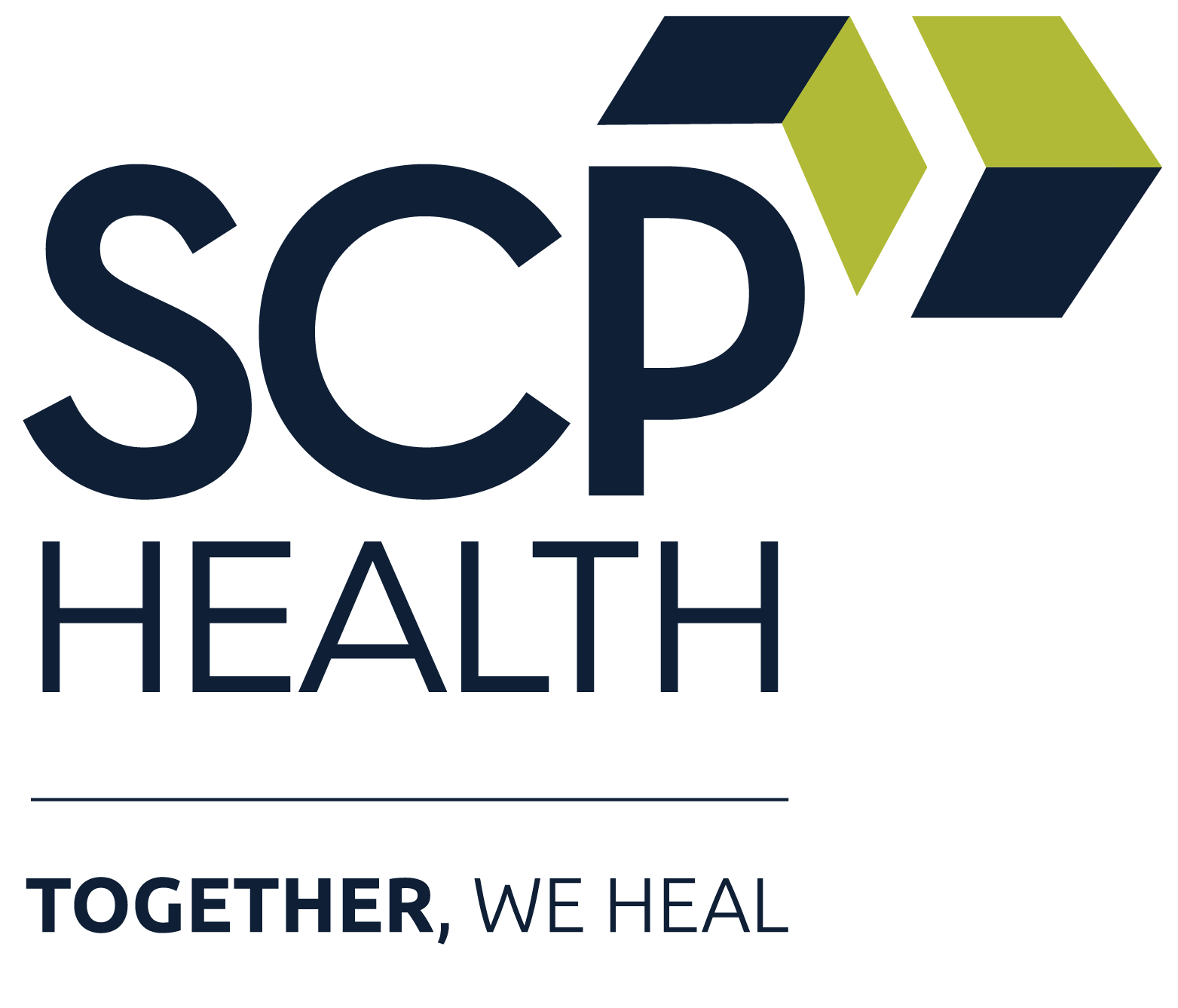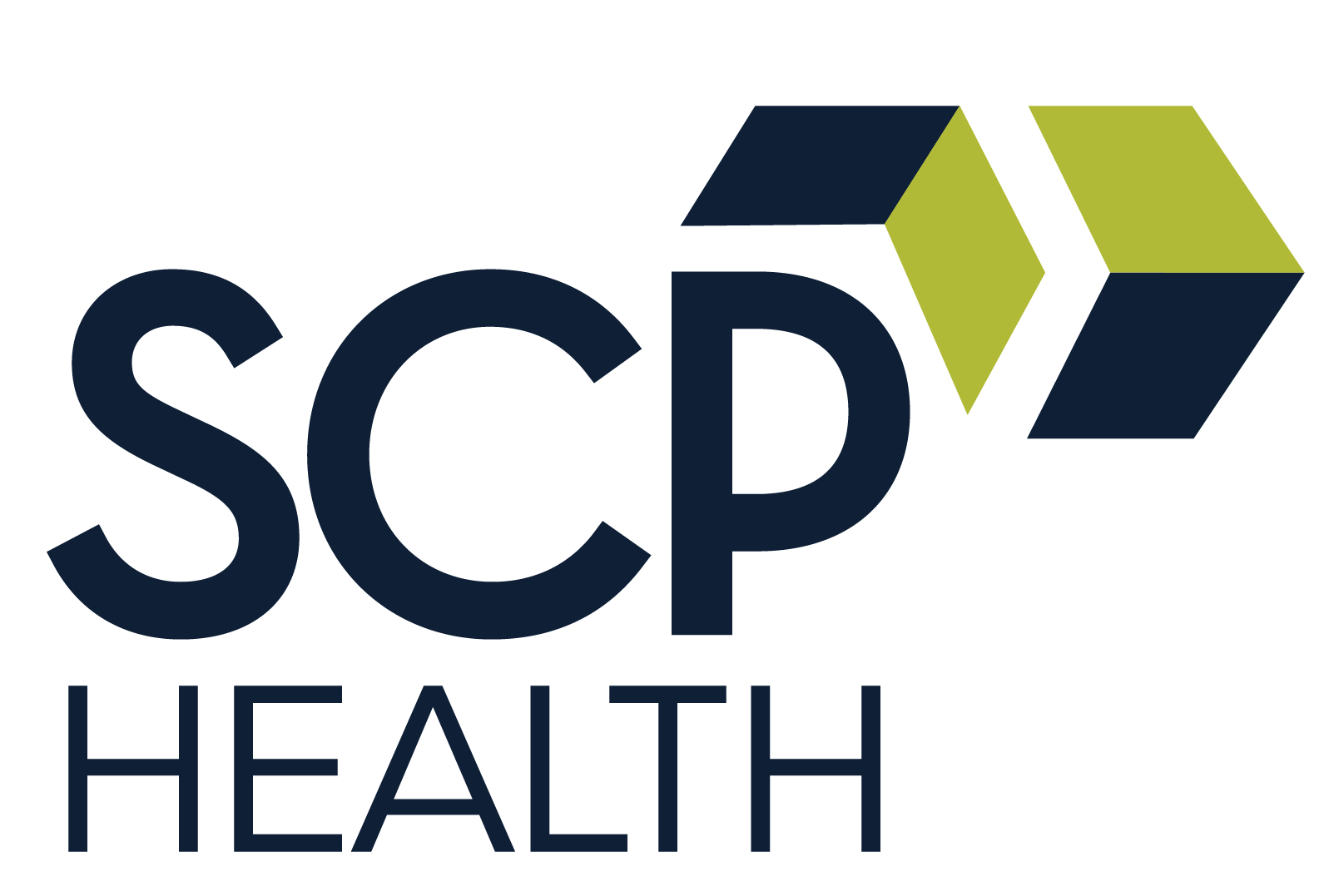The health care industry is undergoing a major transformation driven by increasing digital technology adoption. For example, telehealth has become integral to American health care, with over 78.6% of hospitals utilizing this technology in some form.
Digital technology can be a good thing; it has the potential to revolutionize the way we deliver care, making it more convenient, efficient, and effective.
However, there is a risk that this technology could also lead to a more impersonal and fragmented patient experience. To circumvent this problem, health care organizations must remain people-powered and patient-centered.
The question is, how do we achieve that goal? Four fundamental principles can help:
1. Fit technology to people, not people to technology
Design technology to fit people’s needs instead of people’s actions being dictated by technology.
From a patient’s perspective, any technological interface should be user-friendly and intuitive, whether an online appointment system or a health monitoring app. Patients should not need advanced tech skills to engage with their care, as this only widens health disparities. Our priority should be making services accessible to everyone, regardless of their technological prowess.
Not only that, but technology should also improve communication between patient and clinician, streamlining processes and reducing wait times. Technology should never be a substitute for patient-clinician interactions; instead, it should support them by providing easy access to medical records, appointment scheduling capabilities, secure messaging systems, telemedicine options, and other services.
Additionally, technology must also consider the diverse needs of all patients, such as those with disabilities who may require special accommodations or those who have limited access to reliable internet, to make sure we exclude no one from receiving quality care.
Equally important is the experience of clinicians, who use technology daily in various forms, from electronic health records to advanced imaging systems. We should design systems that minimize administrative burdens and allow more time for what matters most: patient care.
Clinicians are often stretched thin due to increasing demand for their services, so any technology implemented should help simplify their workflows rather than complicate them further.
2. Make technology an enabler, not a barrier
Make sure technology removes obstacles to care access and in clinician workflows instead of creating new ones.
Health care organizations must use technology to remove care access obstacles rather than create new ones. This means being mindful of the needs and preferences of both patients and clinicians, as well as understanding how specific technologies can help or hinder their experiences.
One way to accomplish this is by not requiring patients to have the latest phone or computer to access services. While these devices may be beneficial, many individuals simply cannot afford them, which could mean missing out on essential treatments or the inability to connect with their providers. Instead, offering services across multiple platforms so everyone can access them regardless of device type can help ensure equitable treatment.
Similarly, any use of technology in the clinical workflow must be purposeful and reduce administrative burdens. Adding a new platform for clinicians doesn’t do any good unless they are able to seamlessly incorporate it into their workflow.
Utilizing virtual connectivity, such as text messaging, telephone calls, and video conferencing, as ways for clinicians and patients to connect effectively removes obstacles for those who find it difficult or impossible to visit a clinic for an appointment due to geographical distance, lack of transportation, or physical disability.
3. Identify where technology is a force multiplier
Identify areas where technology can multiply rather than hinder our efforts.
Telehealth has already shown its potential in bringing specialists to remote and rural areas, breaking geographical barriers that previously hindered access to top-notch care. Similarly, home health monitoring allows us to maintain a watchful eye over patients with chronic conditions, reducing hospitalizations and improving quality of life.
Innovative care delivery models, such as teletriage and telehospitalist programs, can enable more efficient care and decrease the burden on our emergency departments and inpatient wards.
Technology also brings tremendous value to risk management. Through data analytics and machine learning algorithms, clinicians can quickly identify high-risk patients and intervene with tailored treatment plans centered around evidence-based best practices.
By using predictive analytics, health systems can better anticipate patient needs before they arise, allowing them to proactively manage risks associated with chronic conditions, such as diabetes or hypertension.
Digital technology could even be used for population health management, developing predictive models to track disease trends within a community or population group.
Ultimately, the goal should be for health systems to use technology not only as a force multiplier but also as an enabler of patient engagement, improved outcomes, and better overall health.
4. Prioritize the power of listening
Feedback is important — listen to clinicians and patients regarding why technology may not work and problem-solve to make changes.
Collect feedback from patients and clinicians on how the technology is working. Making changes based on feedback can often help streamline processes, increase patient satisfaction, and improve outcomes.
For example, if clinicians suggest adding additional features to an existing platform, it may allow for more straightforward navigation or extra tools needed for specific cases. Similarly, patient feedback might reveal ways to use technology more effectively so that all patients have equal access to care regardless of their needs.
When assessing new technologies, consider user-friendly design principles such as intuitive navigation and easy-to-read content layout. This will ensure that patients and clinicians have a positive experience with the tools and prevent confusion or frustration when using them. Additionally, guiding how best to use any tool helps users get up-to-speed quickly and understand any potential risks associated with its use.
Related resource: 9 ‘Be’-Attitudes for Making Connections in Virtual Practice
Benefits of people-powered, patient-centered health care
There are many benefits to adopting a people-powered and patient-centered approach to health care. They include:
Improved patient satisfaction. Patients who feel in control of their care and that we meet their needs tend to express greater satisfaction with their care, resulting in higher HCAHPS scores.
Increased patient engagement. When patients can use technology to access care, they are more likely to be engaged in their care, leading to better health outcomes.
Reduced costs. Health care organizations can reduce costs by using technology to improve efficiency and reduce the need for travel.
Enhanced clinician experience. People-powered, patient-centered care results in higher staff morale and job satisfaction.
Health care at crossroads
The health care industry is at a crossroads. We should view technology as a tool, not a master. We can either embrace digital technology and use it to create a more people-powered and patient-centered health care system or let it dictate how we deliver care. The choice is ours.
To learn more, download our resource, 4 Ways to Stay Human-centric While Using Artificial Intelligence.





